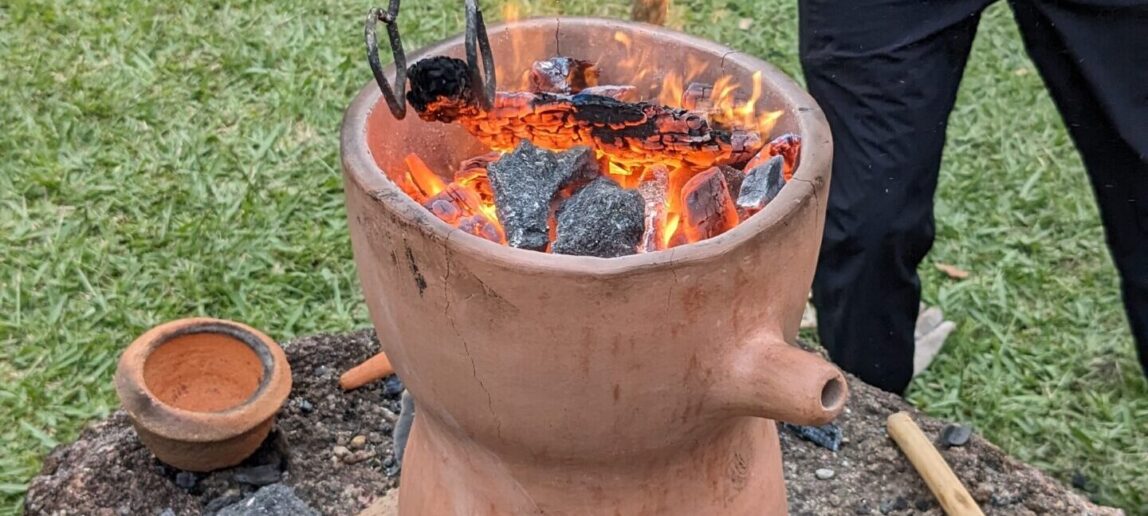Scholars, Artists To Collaborate On Reconstruction Experiments During Fire Arts: Past & Futures Research Conference
International scholars, scientists and artists will collaborate in a series of hands-on reconstruction experiments with Texas A&M students and faculty during the inaugural Fire Arts: Past & Futures Research Conference Nov. 6-8.
Dr. Tianna Helena Uchacz, assistant professor for the Texas A&M College of Performance, Visualization and Fine Arts, organized the conference, and said she is eager to showcase the university’s “rich intellectual and technical resources to an innovative group of researchers, and to promote hands-on humanities research at Texas A&M.”
Morning sessions are free and open to students, staff, faculty and the public in the Adams Presentation Room of the Langford Architecture Center Building A. Seminar-style presentations will be followed by question-and-answer periods.
Afternoon sessions feature hands-on experiments and are open by invitation only at the Architecture Fabrication & Design Lab at the Texas A&M RELLIS Campus. For safety reasons there is a restriction on the number of participants, but there are still a few spots available, Uchacz said.
“This is an opportunity for scholars from the U.S., Europe and South America to share our recent research on the history of art, science and medicine as it relates to heating and melting technologies,” Uchacz said. “Excitingly, we will also have the chance to advance our research through a series of hands-on reconstruction workshops at RELLIS, where we are reconstructing and conducting experiments in a European goldsmithing furnace, a European distillation furnace and a pre-Hispanic Colombian guaira, which is a portable clay furnace for goldsmithing. We hope that firing all three of these technologies alongside one another will raise insights about these technologies and their place in historical ways of making and knowing.”
The event is supported through an interdisciplinary grant from the Texas A&M College of Performance, Visualization and Fine Arts, a small conference grant from Melbern G. Glasscock Center for Humanities Research and a research grant from the Academy for the Visual and Performing Arts.
Uchacz said this effort started with scholars who belong to the research collective Active Matter. The group reconstructs historical artisanal technologies for experiments that navigate a way into the past, to understand how cultures around the globe thought about the natural world and their relationship to it, she said.
“We also try to keep in mind how insights from past making processes might be able to inform a new approach to artisanal practice, industry and materials that is not only sustainable but even regenerative,” Uchacz said. “There was a great deal of wisdom in pre-modern cultures that we tend to overlook with our 21st century focus on industrial efficiency, product consistency, economies of scale and financial profit. There are other values by which we can live and relate to the natural world — and to one another.”
The first day of events will begin on Nov. 6 with a welcome from Tim McLaughlin, interim dean for the College of Performance, Visualization and Fine Arts, followed by five presentations and speakers.
The following day will feature a lecture by Dr. Peter Oakley of the Royal College of Art in London, about his reconstruction of a pre-modern goldsmithing furnace at RELLIS. This furnace, which draws from several historical sources in its design, uses charcoal as a fuel source and includes a ceramic muffle chamber, Uchacz said.
“We are eager to try our experiments in cupellation, silver granulation and enameling in this furnace, with its chambers and work areas that are reducing and oxidizing,” she said. “We hope to better understand how exposure and deprivation of oxygen can affect these three processes — and how the overall environment of the charcoal furnace might also impact outcomes.”
The research talks are varied and will appeal to anyone who is curious about the history of making processes and material transformation in art, science and medicine, Uchacz said.
Students from Research Techniques in Visualization classes taught by Dr. Daniil Leiderman, instructional associate professor, will attend some of the morning sessions.
Several students in Sculpture and Virtual/Tangible classes, taught by Michael Gayk, instructional associate professor, will also have an opportunity to connect with Fire Arts, she said.
“For the past two weeks, they have been working with the visiting Colombian artist and jeweler Ana Maria Jimenez,” Uchacz said. “She will also lead the firing of the reproduction guaira clay furnace at RELLIS for the Fire Arts workshops. Jimenez reconstructs pre-Hispanic Colombian gold-working techniques in her artistic practice and is sharing her research with Gayk’s classes.”
Honors students from Performance in World Cultures courses taught by lecturers Dr. Cory LaFevers and Dr. Matthew Campbell have also been using Jimenez’s visit to Gayk’s classes as a case study for a project on the performance of craft, she said.
Uchacz said she hopes the conference demonstrates how hands-on arts and humanities research is a natural fit for Texas A&M.
“For my own research, I am also eager to understand some of the undocumented technical concerns in the production of 16th-century jewelry and ornamentation in gold,” she said. “This conference welcomes nearly a half-dozen artists and scholars of metalwork and will offer an unparalleled opportunity to think through these issues collaboratively and work through them practically.”
For more details, contact Uchacz by emailing thu@tamu.edu. The complete schedule is available at the Fire Arts site.
Top courtesy photo of an experiment in a reconstructed guaira.

